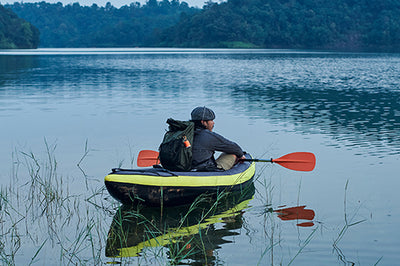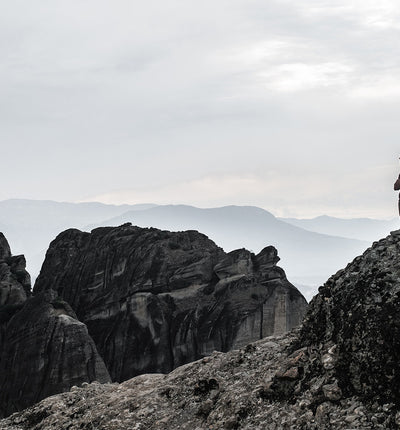Ever found yourself questioning, "What on earth should I wear for hiking these majestic mountains and serene valleys?" You're not alone! Dressing appropriately for a hike isn't just about fashion; it's crucial for comfort, safety, and enjoying the journey to its fullest. Whether you're scaling rocky peaks or exploring lush valleys, the right gear can make or break your outdoor experience. In Flextail comprehensive guide, we'll walk you through what to wear for hiking through mountains and valleys, ensuring you're prepared for whatever Mother Nature throws your way.
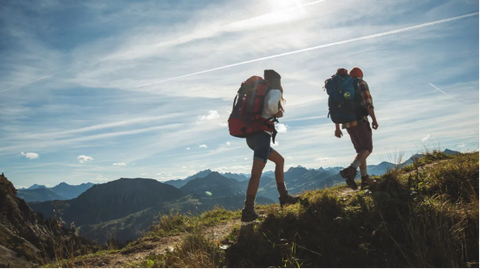
Understanding the environment
What to wear for hiking depends on the specific conditions and environment you'll face. Embarking on a journey through mountains and valleys requires a deep understanding of the terrain ahead, which is essential not only for ensuring your safety but also for enhancing your enjoyment of the experience. The captivating natural beauty of these landscapes is accompanied by unique challenges, arising from the diverse conditions you are likely to encounter. Let's explore this in greater detail:
Typical conditions in mountains and valleys
- Temperature Fluctuations
- Day to Night Variance:Expect significant drops in temperature from day to night, which can affect your comfort and sleep if camping.
- Altitude Influence: The higher you go, the cooler it might get, with temperature decreasing approximately 3.5°F for every 1,000 feet you ascend.
- Rough Terrain
- Variable Ground Conditions:From loose gravel and slick rock slabs to muddy paths and snow-covered trails, the ground underfoot can change rapidly.
- Steep Inclines and Declines: Sharp ascents and descents require stamina and careful foot placement to navigate safely.
- Unpredictable Weather
- Sudden Changes: Weather in mountainous areas can shift without warning, bringing rain, fog, wind, or even snow in some regions, regardless of the season.
- Micro-climates: Small areas with differing weather conditions can surprise hikers, making some sections of the trail vastly different from others only a short distance away.
Importance of preparing for these conditions
- Enhancing Safety
- Appropriate Gear:Carrying the right equipment can mitigate the risks posed by harsh terrain and weather, such as using trekking poles for stability and wearing waterproof clothing for sudden downpours.
- Navigational Tools: Maps, compasses, or GPS devices help prevent getting lost in poor visibility or unfamiliar terrain.
- Increasing Enjoyment
- Comfort: Proper attire and gear mean you're more likely to stay comfortable, allowing you to focus on the beauty around you rather than personal discomfort.
- Confidence:Being well-prepared gives you the confidence to tackle challenging sections of your hike, enhancing the overall experience.
Preparing adequately for a hike through mountains and valleys not only ensures your safety but also maximizes your enjoyment of the adventure. Acknowledging and respecting the power of nature by understanding and preparing for the conditions you might face is the first step to a successful and memorable outing.

Layer up for your better hikes
When hiking in mountains and valleys with varied terrains, it's important to layer your clothes effectively. This method helps you stay comfortable by adapting to temperature and weather changes. The three key layers are the base layer, which manages moisture; the insulation layer, which retains heat; and the outer layer, which protects from wind and rain. Understanding these layers is crucial for a successful adventure.
Base layer: Your moisture-wicking ally
It's the foundation, lying against your skin, tasked with moving sweat away to keep you dry. Opt for fabrics like merino wool or synthetic fibers; they're champions at moisture management. Avoid cotton, as it traps moisture, making you feel wet and cold.
Insulation layer: The warmth keeper
This middle layer traps air to keep you warm, crucial for chilly conditions. Choices abound: lightweight fleece for breathability and activity, down jackets for unmatched warmth-to-weight in dry, cold conditions, and synthetic insulators that balance warmth and wet weather performance.
Outer layer: The weather shield
The final layer guards against wind, rain, and snow. Look for waterproof and windproof materials that still breathe, like Gore-Tex, to let sweat escape while blocking the elements. Features like adjustable hoods and underarm zips can boost comfort.
Mastering this system means you're ready for anything nature throws your way. By choosing the right materials and layering effectively, you ensure your adventure is all about the stunning views, not the weather.

Choose the right hiking footwear
When it comes to hiking, your feet do the heavy lifting, so equipping them with the right footwear is crucial. But how do you pick the perfect pair of hiking boots or shoes? And what role do socks play in keeping your feet happy on the trail? Let's dive in.
- Fit First: Ensure your boots or shoes snugly fit to prevent blisters. They should secure your foot without allowing it to slide, crucial for long treks.
- Prioritize Grip: Stability across varied terrains depends on the sole's grip. Look for designs that offer traction on both wet and dry surfaces.
- Support is Key: Adequate support, especially around the ankles and underfoot, is vital to prevent strains. Choose footwear with sufficient stiffness and ankle protection.
- Waterproof Wonders:Opt for materials like Gore-Tex to keep feet dry without sacrificing breathability. This is essential in wet conditions.
- Sock Synergy:Hiking socks complement your boots by wicking moisture away, reducing friction, and providing extra padding. Go for materials like merino wool for the best results.
This concise structure emphasizes each crucial element in selecting hiking footwear, ensuring clarity and ease of understanding.
Essential accessories and protective gear for hiking
Before you hit the trails, equipping yourself with the right accessories and protective gear is crucial for ensuring your hike is as enjoyable and safe as possible. Here’s a quick guide on what to consider:
- Hats and Sunglasses: Shield Against the Sun
- Hats:Opt for wide-brimmed or cap-style to protect your face and neck from sunburn.
- Sunglasses: Look for UV-protection lenses to reduce glare and protect your eyes.
- Gloves: Hand Protection for Every Season
- Cold Weather: Insulated gloves with waterproof features.
- Mild Weather:Lightweight gloves for protection against abrasions.
- Gaiters: Keep the Elements Out
- Purpose:Prevent dirt, rocks, and water from getting into your boots.
- Material: Choose breathable, waterproof gaiters for best performance.
These essentials not only add to your comfort but also protect you from the elements, making them non-negotiable for any hiker’s checklist.

Essentials and extras for every hike
Efficient packing is a fine art for hikers, blending the need for lightness with the readiness for any weather. Here’s how to strike that balance:
-
Adaptable clothing
Always pack backup clothing items, considering the expected conditions. A lightweight fleece or waterproof jacket can save the day when weather shifts unexpectedly. Don’t forget an extra pair of socks; dry feet are happy feet, essential for preventing blisters and discomfort during long treks.
-
Lightweight preparedness
Packing light doesn’t mean being unprepared. Opt for lightweight, versatile items that serve multiple purposes or can be layered for different weather conditions. This approach ensures you're ready for anything without being weighed down.
-
Key extras for comfort
Quick-dry towels are invaluable for their versatility, serving as a towel, blanket, or an improvised pillow. Extra socks are critical for maintaining foot comfort and hygiene, especially on multi-day hikes. Thermal underwear is a must-have for overnight treks, providing essential warmth without adding bulk to your pack.
Embracing these packing strategies ensures you’re well-equipped for the journey ahead, blending preparedness with the joy of lightweight travel. This careful selection of essentials and thoughtful extras makes every hike more enjoyable and comfortable, regardless of the terrain or weather conditions.
Final tips and best practices for hikers
Before you set foot on the trail, a few final tips and best practices can make all the difference in ensuring a safe and enjoyable hike:
- Personal Safety Gear: Always carry reflective items and a whistle for emergencies. Visibility and the ability to signal for help are crucial in unexpected situations.
- Test Your Gear:Before embarking on a long hike, test all your equipment, especially new purchases. Familiarity with your gear's functionality can prevent on-trail mishaps.
- Stay Informed:Keep up-to-date with the weather forecast and terrain conditions of your hiking destination. Changes in weather can drastically affect trail conditions, and being prepared for what's ahead can help you avoid dangerous situations.
Adhering to these practices ensures that you’re prepared for what lies ahead, both in enjoying the scenic vistas and in navigating the challenges of the trail.
Summing up
As you prepare to traverse the breathtaking landscapes of mountains and valleys, remember that adequate planning is the key to a safe and enjoyable adventure. Learning what to wear for hiking and how to equip yourself is essential for better hiking experience. Let the beauty of nature inspire you, but respect its challenges by being well-prepared. Every step taken in readiness enhances your ability to comfortably and safely enjoy the magnificent vistas and serene moments the great outdoors offers. Embrace the journey ahead with enthusiasm and care, and let the trails enrich your spirit and challenge your limits.
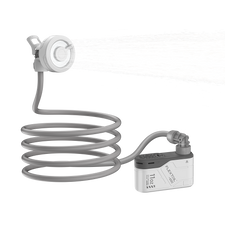 MAX SHOWER
MAX SHOWER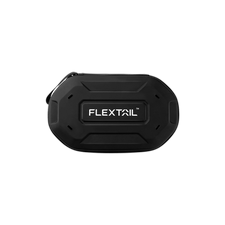 STORAGE BOX
STORAGE BOX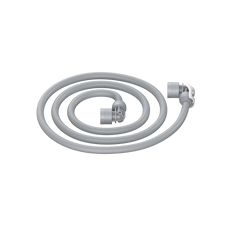 SHOWER HOSE
SHOWER HOSE SHOWERHEAD
SHOWERHEAD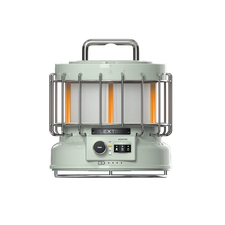 MAX LANTERN
MAX LANTERN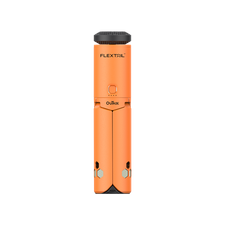 EVO LANTERN
EVO LANTERN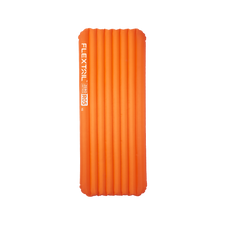 R05 REGULAR
R05 REGULAR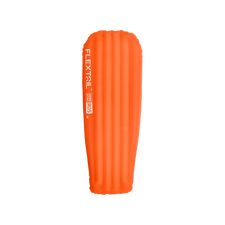 R05 MUMMY
R05 MUMMY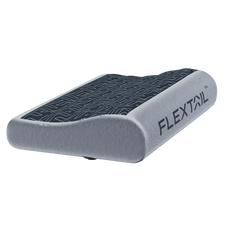 ZERO PILLOW
ZERO PILLOW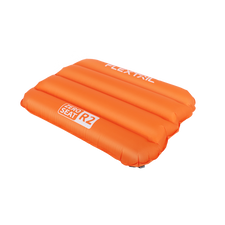 ZERO SEAT
ZERO SEAT COZY LOUNGER
COZY LOUNGER MAX COOLER
MAX COOLER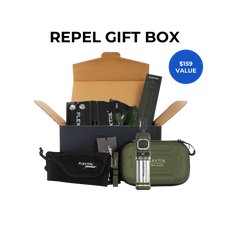 REPELLER GIFT BOX
REPELLER GIFT BOX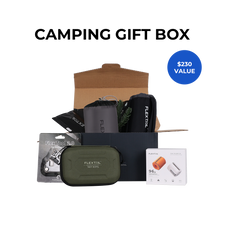 CAMPING GIFT BOX
CAMPING GIFT BOX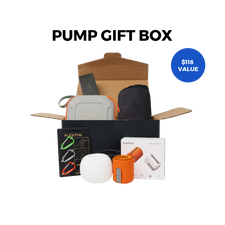 PUMP GIFT BOX
PUMP GIFT BOX VACUUM BAGS
VACUUM BAGS PROTECT COVER
PROTECT COVER LAMPSHADE
LAMPSHADE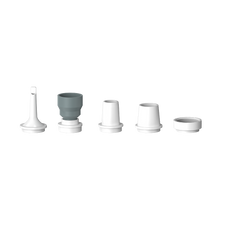 NOZZLE SET
NOZZLE SET 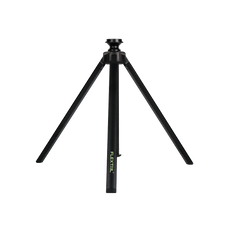 FLEX TRIPOD
FLEX TRIPOD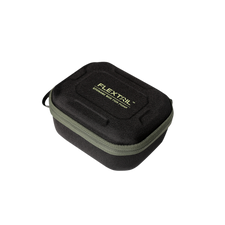 STORAGE CASE
STORAGE CASE BIG ANGLE NOZZLE
BIG ANGLE NOZZLE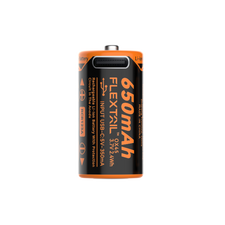 ZERO BATTERY 650CHT
ZERO BATTERY 650CHT CARABINER SET
CARABINER SET VACUUM BAGS & PUMP
VACUUM BAGS & PUMP 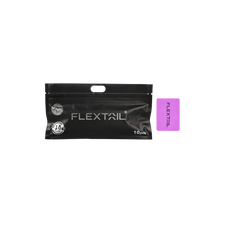 REPELLENT MAT
REPELLENT MAT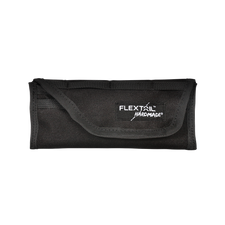 FLEX BAG
FLEX BAG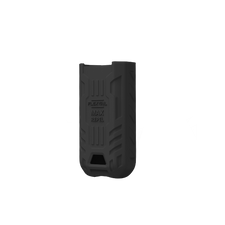 PROTECT COVER
PROTECT COVER  FLEX HANDLE
FLEX HANDLE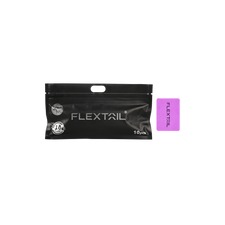 Free 10pcs Repellent Mats
Free 10pcs Repellent Mats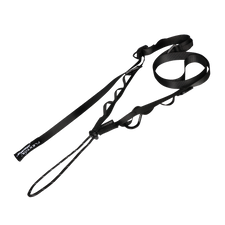 FLEX STRAP
FLEX STRAP FLEX TOOL
FLEX TOOL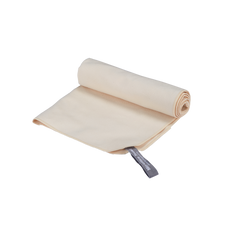 COZY TOWEL
COZY TOWEL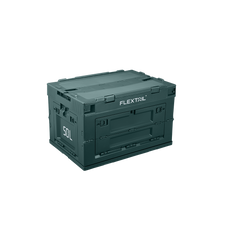 CAMPING STORAGE BOX
CAMPING STORAGE BOX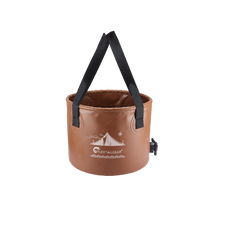 FLEX BUCKET
FLEX BUCKET EN
EN JA
JA
